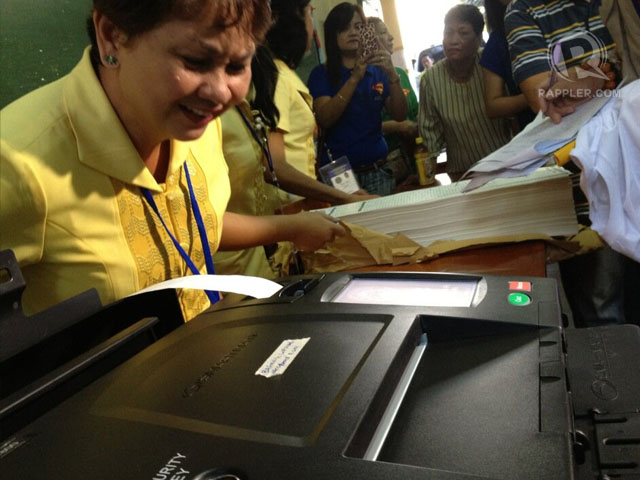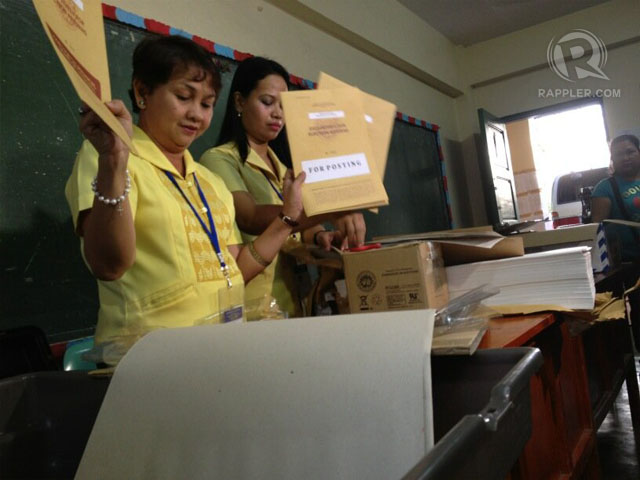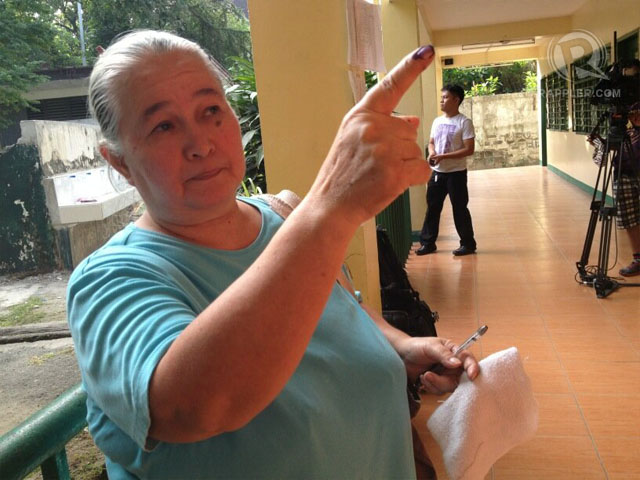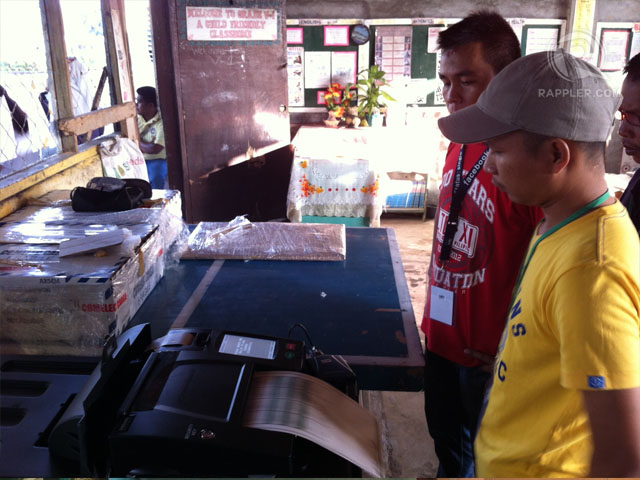SUMMARY
This is AI generated summarization, which may have errors. For context, always refer to the full article.

MANILA, Philippines (UPDATED) – How will voters cast their votes? What glitches can happen? How can the Commission on Elections (Comelec) improve the system of voting for the country’s second automated elections?
Up to 2,500 Filipinos are trying the voting system this Saturday, February 2, to answer these questions for 52-M Filipinos eligible to vote on May 13.
From Quezon City to Tawi-Tawi, the Comelec is holding mock polls in 10 different cities and municipalities to check the voting process.
Comelec Chair Sixto Brillantes Jr himself is overseeing the mock polls at Barangay UP Campus and Bagong Lipunan ng Crame in Quezon City. The poll body expects up to 882 to cast their votes at the UP Integrated School (UPIS) in Barangay UP Campus, and 757 at P. Bernardo High School in Crame.

In these areas, the mock elections happen from 7 am to 7 pm. Election officers will print and transmit the results to the local board of canvassers, the central server, and the Kapisanan ng mga Brodkaster ng Pilipinas from 7 to 8 pm.

The Comelec holds shorter mock polls in 8 other areas – only from 7 to 10 am. In these areas, printing and transmission of results take place from 10 am to 12 nn.
“We don’t expect a perfect one. This is a mock election,” Brillantes said on Friday, February 1. He also said they anticipate a few problems, “but we hope not a major one.”
Early field reports at past 8:00 am said that the ballots of at least 3 voters at UPIS were being rejected by the PCOS machine. The machine was replaced as soon as tech teams confirmed it had technical problems. The new machine accepted its first ballot at 8:32 am.
Problems to watch
When the Comelec held mock elections in 2010, watchdogs pointed out a number of problems.
A major issue was the rejection of ballots, said the Center for People Empowerment in Governance (CENPEG) in its report that year. In New Era, Quezon City, for instance, a precinct count optical scan (PCOS) machine rejected 5 out of 50 ballots. This is 10% of the ballots used.

“In one case, the rejection was attributed to folds on the ballot caused by pressure applied on the ballot between the arm of the participant and the edges of the small writing surface. Other reasons given were crumpled ballots or ballots with fold marks, ‘ambiguous’ marks, uneven shades,” CENPEG said.
In Danao, said CENPEG, there were paper jam problems, while other voters had problems when they shaded beyond the designated ovals. (Read more in CENPEG’s report below.)
In 2010, another problem during the mock polls was unfamiliarity with the ballot. Would voters now be familiar with the ballot after presumably having voted 3 years ago?

Newsbreak also reported that in Taguig City, a participant was able to vote twice, and was thus classified as a “flying voter.” The election officer, however, said it “was not an error made by the assigned BEI, but rather by the voter himself.”
How the Comelec performs this Saturday – and how it addresses problems afterwards – will spell the success or failure of the 2013 polls. – With reports from Raisa Serafica and Nathan Gatpandan/Rappler.com
Add a comment
How does this make you feel?

There are no comments yet. Add your comment to start the conversation.